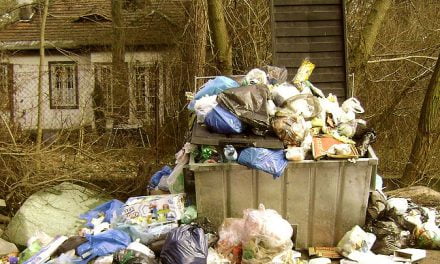Across the U.S., small-time “mom and pop” investors can easily turn a profit by buying and renting out a single family residence (SFR). This isn’t the case in California.
An SFR purchased to rent out is a good investment when the rent it commands exceeds monthly costs. These monthly costs, also called carrying costs, include:
- the mortgage payment;
- taxes;
- regular costs such as landscaping, homeowners’ association (HOA) fees; and
- any utilities included in the rent.
But the cost to buy is so high in most areas of the Golden State that rental payments made by tenants simply don’t cover the costs of ownership.
Zillow recently estimated the percentage of homes in the nation’s major metro areas that can be rented out for more than their monthly expenses. In California, this applies to:
- 74% of homes in Riverside;
- 40% of homes in Sacramento;
- 31% of homes in San Diego;
- 26% of homes in Los Angeles;
- 14% of homes in San Francisco; and
- 5% of homes in San Jose.
Other than the inland bedroom community of Riverside, fewer than half of homes in all of California’s other major metros can be rented out for a profit. Worse, Zillow’s analysis does not include the money every property owner ought to set aside for periodic maintenance and updates.
Rents rising
The natural result of higher acquisition costs is higher rents. Demand from a growing renter population also spurs rent increases.
Cities and builders have attempted to meet the challenge by building more rental units — usually in the form of multi-family units, rather than SFRs. But in downtown Los Angeles, just 7,500 new multi-family units were built between 2010 and 2016. In San Francisco, 6,800 new units were built. While certainly better than nothing, these numbers are woefully small when compared to population increase.
Still, as investors have learned, rents can only rise as high as renters are able to pay. This rule is already being stretched to its limits in California’s most crowded cities, as tenants regularly pay half of their income on housing costs.
What will finally allow mom and pop investors to catch a break and turn more profits in California?
When income growth matches home price (and rent) growth, investors will be able to ask and receive the proper rent needed to exceed carrying costs. Good news for California, our state is already beating most of the U.S. when it comes to new job additions and income growth. Expect this pace to quicken and continue through to the next economic peak, anticipated around 2019-2021. During this time, real estate investors will find it much easier to earn a profit















There are two parts to small real estate investments (primarily SFRs): rental income and capital gains. These are akin to dividends & capital gains in stock market investments.
In times of increasing values investors accept lower cash flows anticipating capital gain on sale. Thus rent vs value decreases in times of increasing housing prices.
Cash flow should not be confused with rental income. Mortgage principle payments and capital improvements reduce cash flow but do not reduce net rental income.
All cash investments in well managed SFRs in California almost always provide a positive cash flow – even in San Francisco. But without financial leverage (loans) capital gains as a percent of investment are reduced.
The expectation of Mom and Pop investors that they can make a minimal down payment on a rental home and have a positive cash flow is unrealistic.
Would these same investors borrow money to buy stocks and expect the dividends to cover the payments on the loan plus a cash flow?